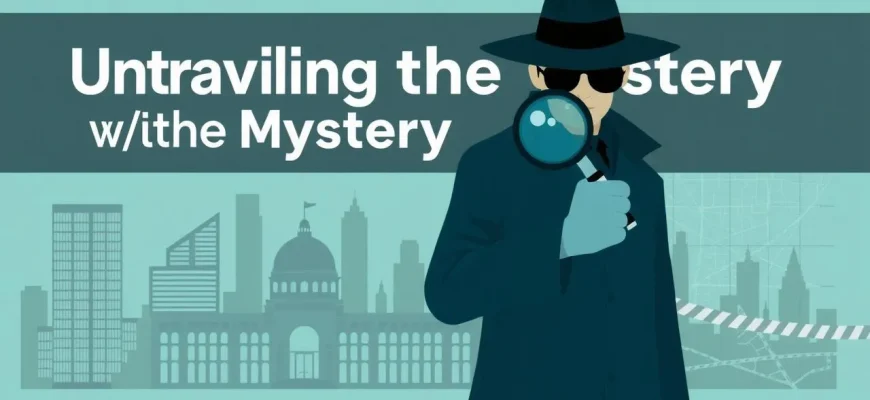If you're a fan of both detective stories and architectural marvels, this curated list is for you. Each film in this collection not only provides a thrilling mystery to unravel but also showcases stunning architectural designs that become integral to the plot. From modern skyscrapers to historic landmarks, these films will take you on a journey through the world of crime and design, making you appreciate the art of architecture in a whole new light.
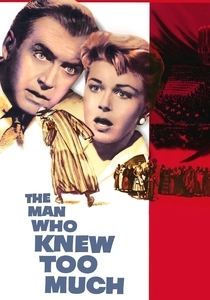
The Man Who Knew Too Much (1956)
Description: Alfred Hitchcock's classic where the Royal Albert Hall in London becomes a pivotal location in the plot involving an assassination attempt.
Fact: The film was remade by Hitchcock himself from his earlier 1934 version, with significant changes to the architectural settings.
 Watch Now
Watch Now 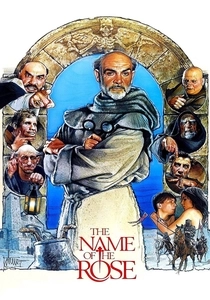
The Name of the Rose (1986)
Description: A medieval mystery set in a labyrinthine abbey, where the architecture itself holds secrets and clues to the murders.
Fact: The film was shot in an actual 13th-century abbey in Italy, providing an authentic backdrop.
 Watch Now
Watch Now 
The Talented Mr. Ripley (1999)
Description: While primarily a psychological thriller, the film features stunning Italian architecture as the backdrop for its tale of deception and murder.
Fact: Many scenes were filmed in actual Italian villas and historic sites.
 Watch Now
Watch Now 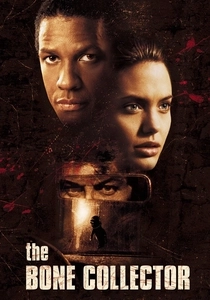
The Bone Collector (1999)
Description: A quadriplegic detective and a rookie cop solve crimes using forensic evidence, with the city's architecture playing a crucial role in their deductions.
Fact: The film uses real locations in New York City, highlighting its architectural diversity.
 Watch Now
Watch Now 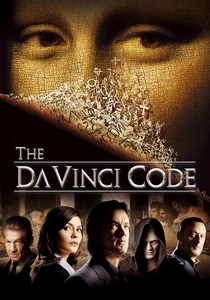
The Da Vinci Code (2006)
Description: This mystery thriller involves solving puzzles that lead through various architectural sites in Paris, including the Louvre and Saint-Sulpice Church.
Fact: The film was allowed to shoot inside the Louvre, a rare privilege for filmmakers.
 Watch Now
Watch Now 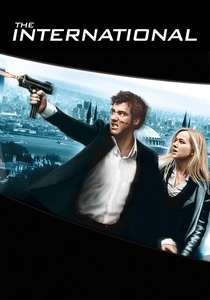
The International (2009)
Description: A thriller where an Interpol agent and an American attorney track an arms dealer, with the Guggenheim Museum in New York becoming a dramatic setting for a shootout.
Fact: The film's climax was shot in the real Guggenheim Museum, which required special permission.
 Watch Now
Watch Now 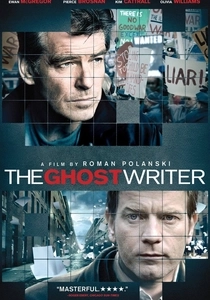
The Ghost Writer (2010)
Description: A ghostwriter uncovers secrets while working on the memoirs of a former British Prime Minister, with the setting of a modern architectural masterpiece playing a significant role.
Fact: The film was shot in a real house designed by architect Norman Foster.
 Watch Now
Watch Now 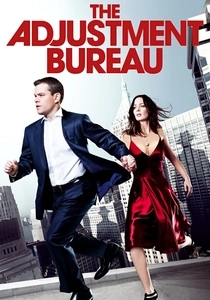
The Adjustment Bureau (2011)
Description: While not strictly a detective film, it involves a chase through various architectural landmarks in New York, where the protagonist must navigate through fate and free will.
Fact: The film uses real locations in New York City, showcasing iconic architecture like the New York Public Library.
 Watch Now
Watch Now 
The Girl with the Dragon Tattoo (2011)
Description: This adaptation of Stieg Larsson's novel uses the stark, modern architecture of Sweden to enhance the dark atmosphere of the story.
Fact: The film was shot in various locations in Sweden, showcasing both modern and traditional architecture.
 Watch Now
Watch Now 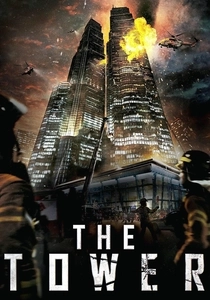
The Tower (2012)
Description: This film revolves around a terrorist attack on a skyscraper, where the architecture of the building becomes crucial in the investigation and rescue efforts.
Fact: The film was inspired by real-life events and features detailed CGI of the tower's interior and exterior.
 Watch Now
Watch Now 
